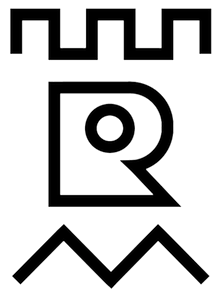Podczas warsztatów z kodowania w bibliotece dzieci podejmują różne aktywności rozwijające ich kreatywność, spostrzegawczość, logiczne myślenie i współprace w grupie np.: programują ozoboty, kodują obrazki, szyfrują informacje, bawią się wykorzystując matę do kodowania i kolorowe kubeczki. Tak też było w listopadzie 2019 r. W trakcie zajęć, które odbyły się 15 listopada dzieci wykorzystywały wspomnianą matę i kubeczki. Najpierw wspólnie odkodowały rysunki przedstawiające: samochód i kwiaty, a następnie wzięły udział w zabawie „Bystre oczko” polegającej na ustawianiu kubeczków na macie zgodnie z wyrzuconą na kostce liczbą oczek w taki sposób, aby ułożyć jak najwięcej linii w swoim kolorze.
Zaś podczas zajęć, które odbyły się 22 listopada maluchy zapoznały się z książką „Języki świata” Moniki Jabłońskiej i na jej podstawie dowiedziały się czym charakteryzuje się alfabet Morse’a, jak pisać w tym alfabecie oraz jak wysyłać wiadomości używając sygnału świetlnego i dźwiękowego.


